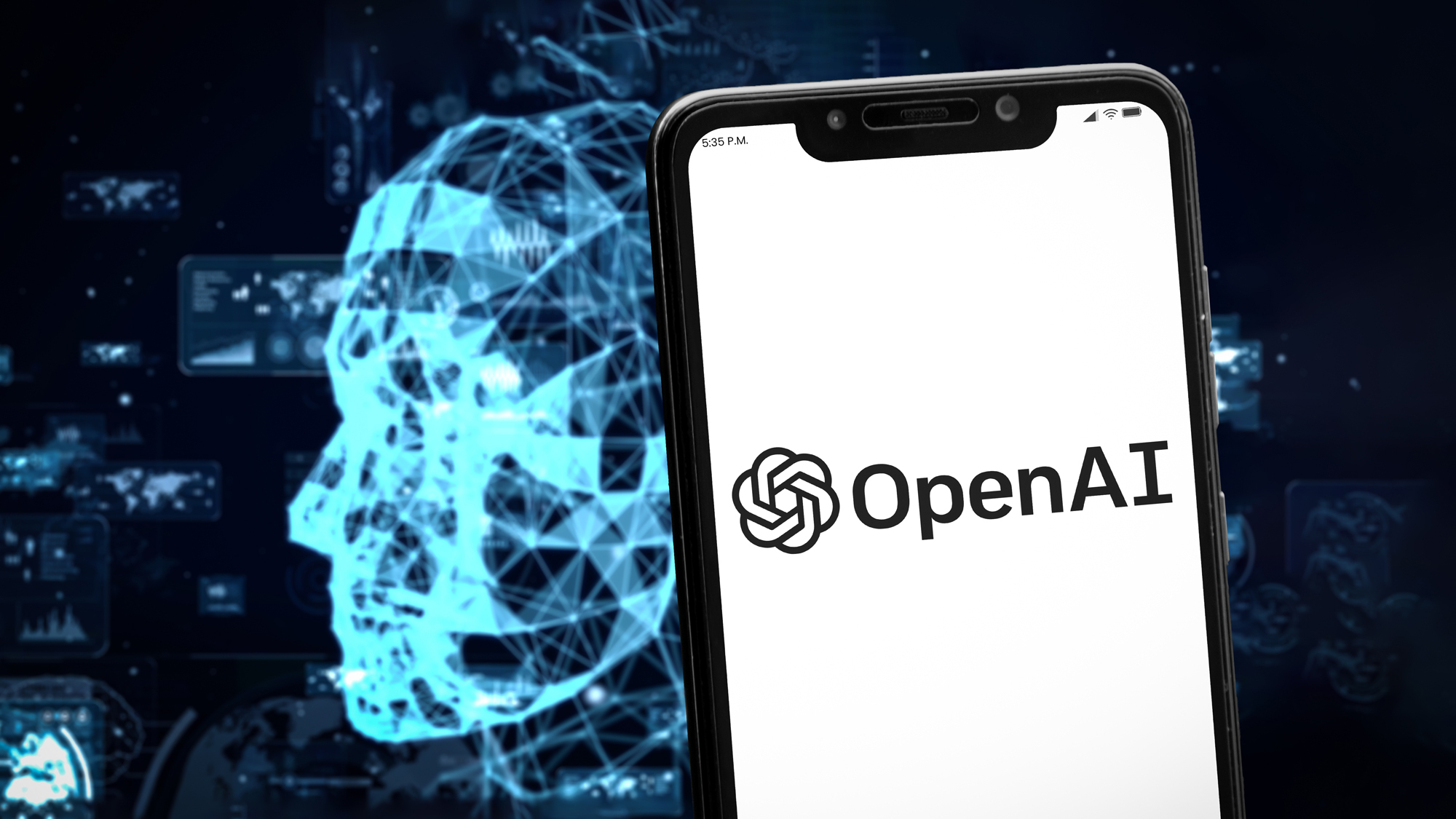ChatGPT, the popular AI-powered chatbot, experienced a brief outage on April 28, 2025, leaving many users unable to access its services. This disruption highlights the increasing reliance on AI tools in various workflows and the potential impact of service interruptions. FYM News is providing live updates on the situation, including the cause of the outage and the steps taken by OpenAI to restore service.
This article will cover:
- The timeline of the ChatGPT outage.
- User reports and reactions.
- OpenAI’s response and mitigation efforts.
- The broader implications of AI service disruptions.
User Reports and DownDetector
Almost immediately following the service disruption, users flocked to DownDetector to report issues with ChatGPT. The spike in reports indicated a widespread problem, with many users unable to access the chatbot or experiencing degraded performance. This surge in user reports serves as a clear indicator of the extent to which ChatGPT has become an integral tool for a large number of individuals.
According to DownDetector, reports peaked at approximately 1,600 within a short period. The comments section revealed user frustration, with some humorously lamenting their inability to make even simple decisions without AI assistance. As Down Detector user Scott Cook said, ‘I have to get up from my desk and have some lunch, but with ChatGPT down I’m not able to make any decisions.’
OpenAI Status Page
Initially, the OpenAI status page did not reflect the ongoing issues with ChatGPT. While a previous issue regarding new users creating videos with Sora was noted, there was no immediate acknowledgment of the ChatGPT outage. This lack of initial communication left many users in the dark, unsure of the cause and expected duration of the disruption. However, OpenAI later updated its status page to acknowledge the degraded performance and confirm that an investigation was underway.
The updated status indicated that all three major ChatGPT platforms (Android, iOS, and web) were affected. The company stated that it was investigating the issue and working on a mitigation plan.
OpenAI Investigating and Implementing a Fix
OpenAI’s swift response to the ChatGPT outage included an immediate investigation into the underlying cause. The company’s engineers worked to identify the problem and develop a mitigation strategy to restore service as quickly as possible. The status page was updated to reflect the ongoing investigation, reassuring users that the issue was being actively addressed.
Within a short time, OpenAI announced that it had implemented a mitigation plan and was monitoring the recovery. User reports on DownDetector began to decline, suggesting that the fix was effective for a significant portion of the ChatGPT user base.
Service Recovery and Full Resolution
Following the implementation of the mitigation plan, OpenAI officially declared that all impacted services had fully recovered. The outage, which lasted less than an hour, was resolved, and users were once again able to access ChatGPT without issue. While short-lived, the incident served as a reminder of the potential vulnerabilities of AI-powered tools and the importance of robust infrastructure.
According to OpenAI’s status page, ‘All impacted services have now fully recovered.’ This announcement brought relief to countless individuals who rely on ChatGPT for various tasks, from content creation to problem-solving.
Affected Platforms
The ChatGPT outage affected users across all major platforms, including Android, iOS, and the web. Whether accessing the chatbot through a mobile app or a web browser, users experienced similar issues with degraded performance. This widespread impact underscores the importance of ensuring stability across all access points.
While some users were still able to get ChatGPT to work with multiple refreshes and retries, the experience was far from ideal. The degraded performance highlighted the need for OpenAI to maintain consistent service levels across all platforms.
Common Error Messages
During the ChatGPT outage, some users reported encountering a specific error message: ‘Something went wrong, please try reloading the conversation.’ This error, which prevented users from accessing their previous chats, further compounded the frustration caused by the service disruption. While the exact cause of the error message remains unclear, it serves as an example of the types of issues that can arise during AI service outages.
If you are seeing the same error, you are not alone.
Broader Implications of AI Service Disruptions
The ChatGPT outage raises important questions about the broader implications of relying on AI services. As AI becomes increasingly integrated into our daily lives, the potential for service disruptions to impact productivity and workflows grows. While OpenAI was able to resolve the issue relatively quickly, the incident serves as a cautionary tale about the need for redundancy and fail-safe mechanisms in AI infrastructure.
The outage also highlights the importance of transparent communication from AI service providers during disruptions. Keeping users informed about the cause of the issue and the steps being taken to resolve it can help to mitigate frustration and maintain trust.
Conclusion: Key Takeaways from the ChatGPT Outage
The recent ChatGPT outage, though brief, underscores the growing reliance on AI in our daily routines and workflows. The swift user response on platforms like DownDetector highlights just how integral these tools have become. While OpenAI’s prompt action to investigate and resolve the issue is commendable, it also raises crucial questions about the stability and dependability of AI services in the long run.
Key takeaways include:
- The importance of redundancy and robust infrastructure for AI services.
- The need for transparent communication from AI providers during disruptions.
- The potential impact of AI outages on productivity and decision-making.
As AI continues to evolve and become more deeply embedded in our lives, ensuring its reliability and accessibility will be paramount. The ChatGPT outage serves as a valuable lesson for both users and providers alike, emphasizing the need for careful planning and proactive measures to mitigate the impact of future disruptions.

Leave a Reply